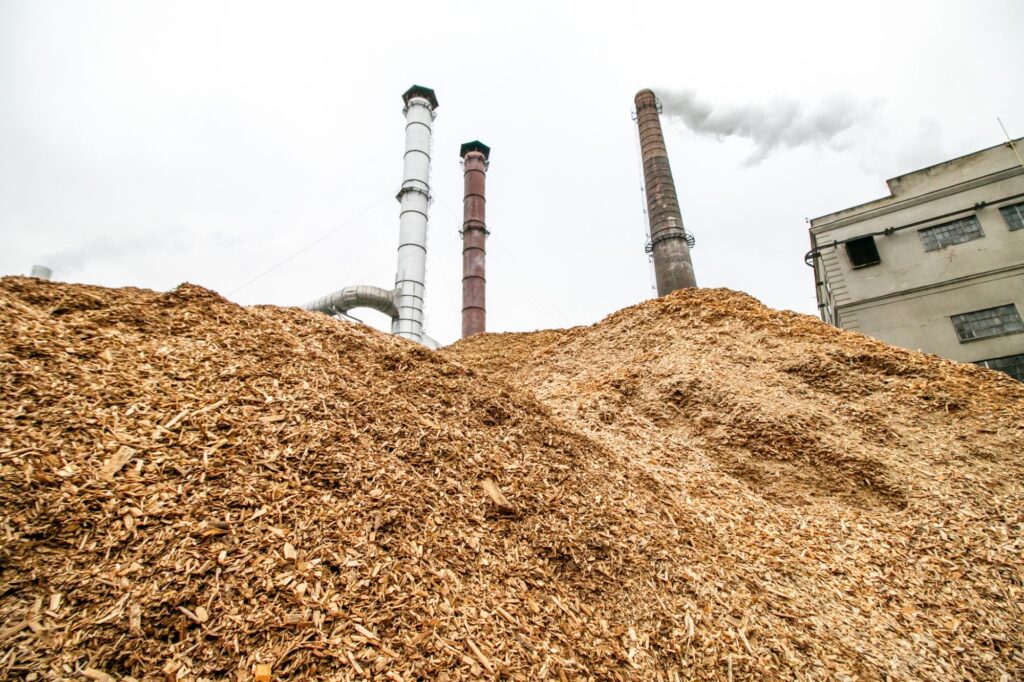In a significant shift toward renewable energy and emissions reduction, Indonesia and Japan are advancing their biomass usage within the power generation sector.
Indonesia’s Paiton power plant, the country’s largest at 4.71GW capacity, plans to substantially increase its biomass use. The state-owned utility PLN’s fuel procurement subsidiary, PLN EPI, is targeting a nearly 60% increase in biomass delivery for 2024, aiming for 259,581 tons. The units No.1 and No.2, together at 800MW, will see a 10% increase in biomass use, while the 600MW No.9 unit is set to increase its biomass consumption more than fourfold following successful test runs in 2023.
This move is part of PLN’s strategy to increase biomass mixing in these units from the current 5% to at least 10% in the coming years. Wood sawdust is the primary biomass source for Paiton, with supply contracts already in place for this year’s requirements.
On the other side of the East Sea, Japan’s Daiwa House Industry is taking a decisive step by closing the 112MW biomass and coal co-fired generation unit at its Hibikinada power complex for a full conversion to biomass. Scheduled for shutdown on April 11, the conversion aims for completion by April 2026.
This comes as part of a broader trend in Japan’s energy sector, which is observing a net decrease in thermal power capacity, including a drop in oil-fired capacity and slight increases in coal and gas-fired capacities. This transition period coincides with a seasonal dip in electricity demand due to the onset of milder spring weather, which has reduced power requirements by 6% in early April.
These developments underline both countries’ commitment to reducing greenhouse gas emissions and enhancing sustainability in energy production, with biomass playing a crucial role in their respective energy transitions.
Source: The Coal Trader, AI generated










